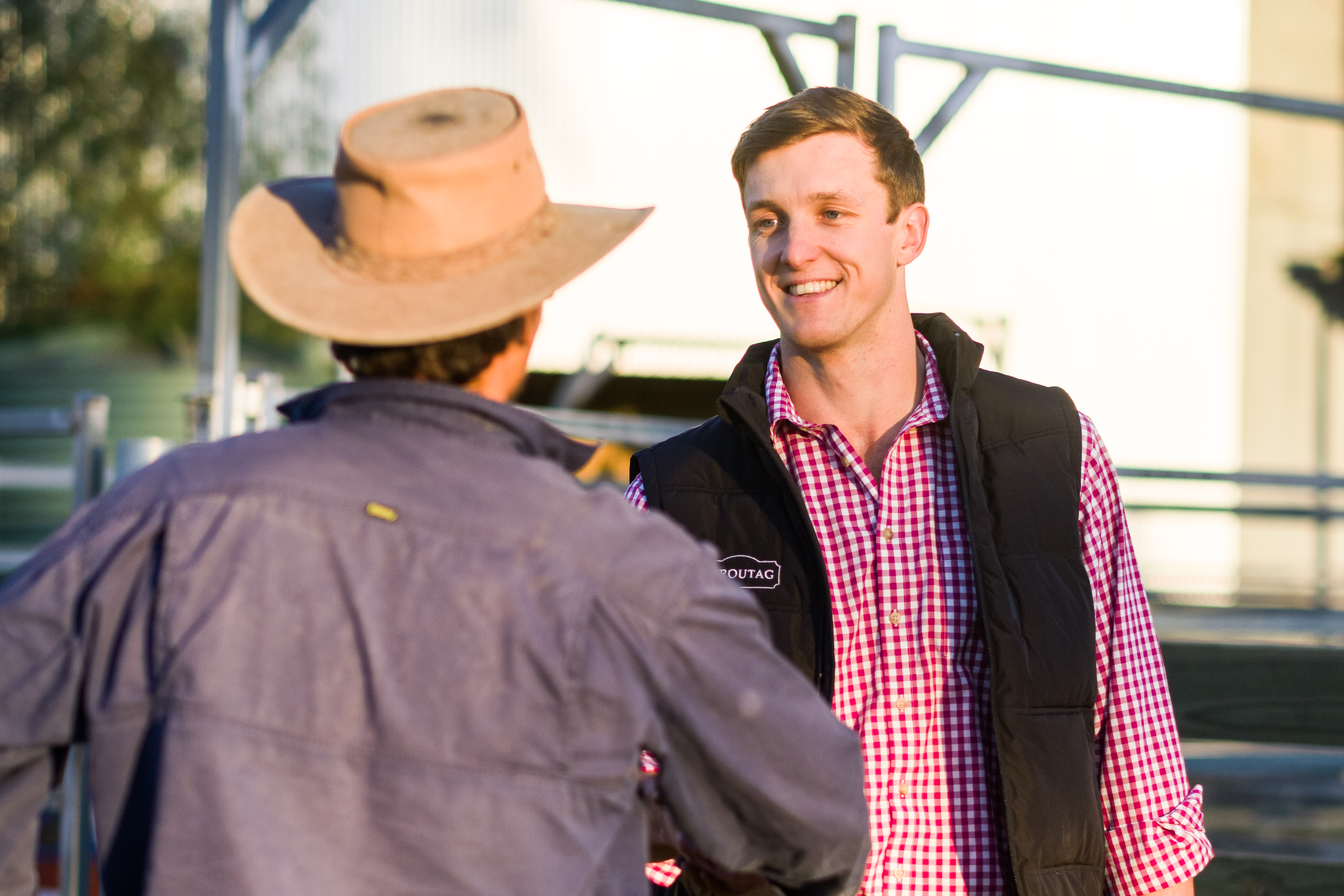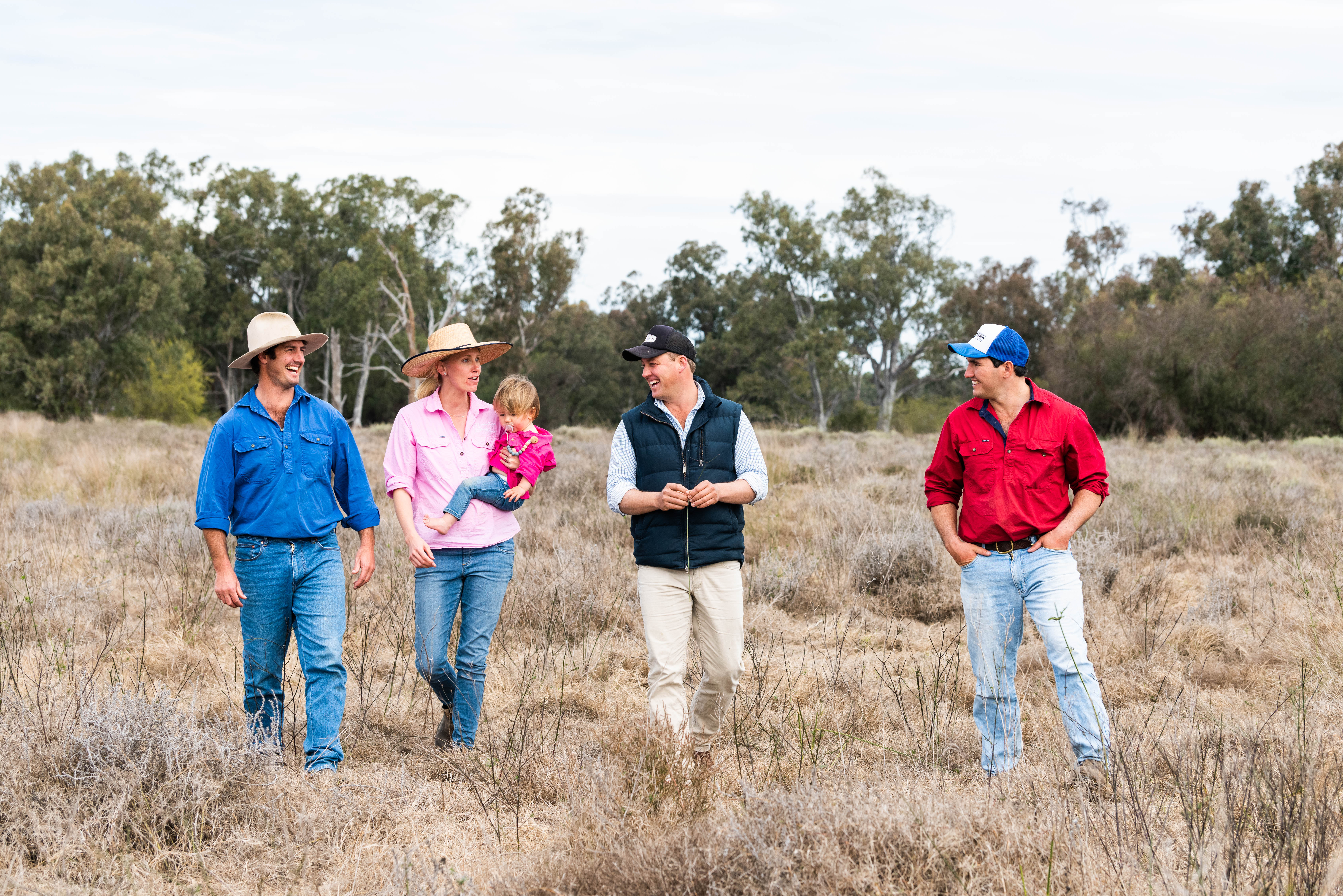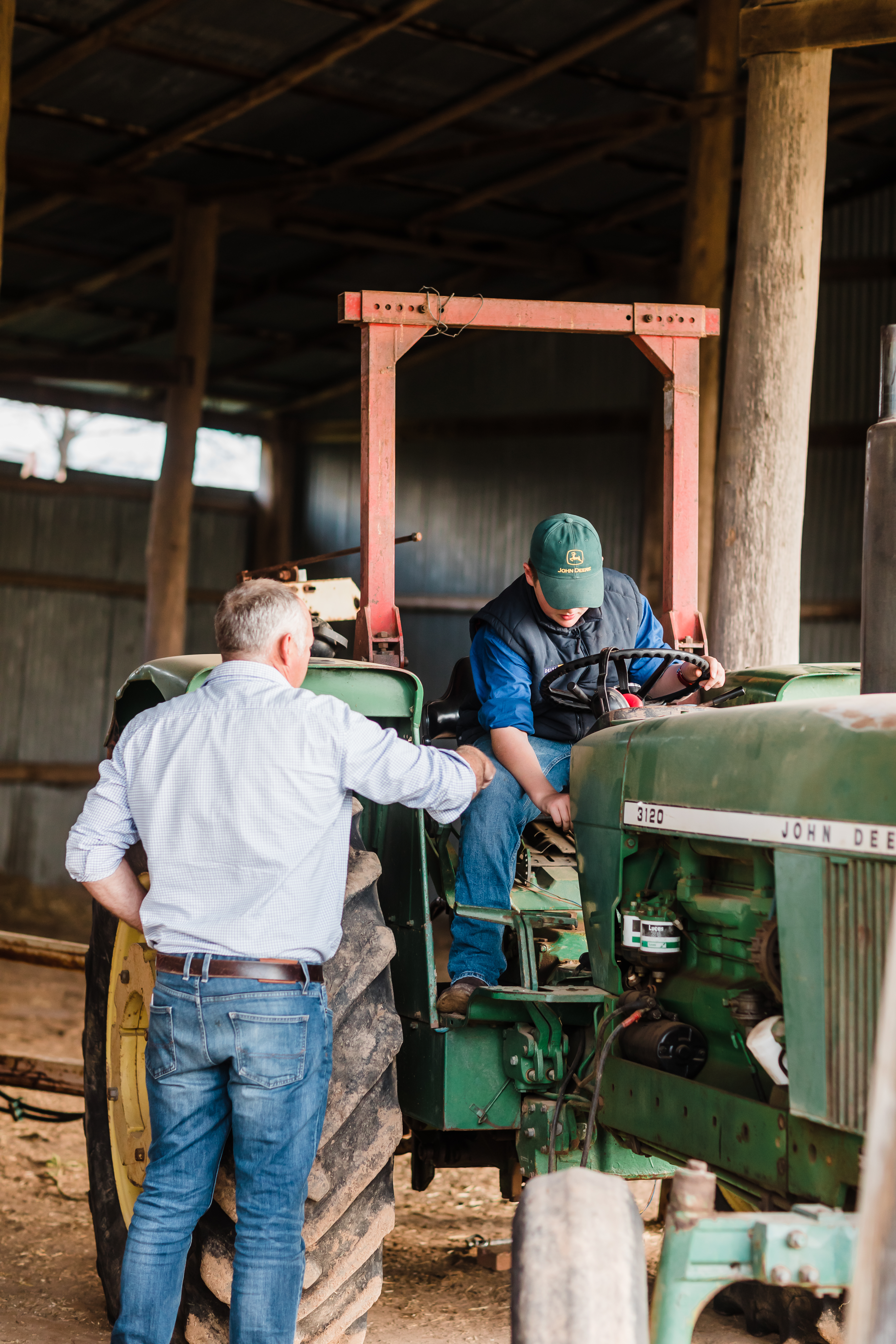The most change in Agribusiness Finance since the GFC.
Slow, Slow, Slow.
Slow seems to be the common feedback we’re receiving across the board as we place transactions with various lenders in the industry. In general, we are seeing a withdrawal of services from rural lending with one bank ‘top heavy’ in the beef sector limiting them from taking on new deals, one bank going through a major restructure, and another agribusiness player being purchased. In addition to these industry movements, we have also observed a large reduction in the branch network that impacts many rural clients. Based on current trends, in the medium term, unless you have lending over $5million, it is likely that you might not have a dedicated relationship manager in the next 5 years.
So, why are Agribusiness divisions going through large restructures?
Restructures and consolidation across the industry have been happening for some time. We’re seeing Agribusiness divisions undertaking restructures because in comparison to previous years, they’re not seeing lending books or future profit returns grow as quickly as they have. It is estimated that the main cost to an Agribusinesses Division Bank are the people (approx. 80%), and the only way to increase profitability is to reduce people and digitise their offering. For clients requiring less than $5milion in lending, it is anticipated that their communication channels will be through a call centre or over the phone with their manager. These changes will be made to ensure that future profits are delivered as the system growth reduces in future years due to a deliberate slow down by the RBA.
Why are bank branches closing?
Many banks are shutting branches because of a reduction in face-to-face cash transactions by retail customers. This doesn’t have a direct impact on Ag lending, but more of an indirect impact. As business owners, it can be difficult to open new accounts with trusts and companies involved, and often this requires face-to-face expertise that is usually associated with an in-person meeting.
Why do banks stop lending in certain sectors?
At times, banks grow too quickly within a sector, and this is when we see restriction on lending to new clients put in place. Banks may follow a one client in, one client out scenario, and this is currently what we’re seeing, because they have grown too quickly through ‘boom year’s’.
Acquisition making change in the Ag lending.
One major bank is currently going through the process of buying another Regional Bank with around 4 billion in Ag lending. This acquisition will likely generate a large amount of change, particularly in the Queensland market. This change will be around people and the consolidation of those businesses overtime.
As we navigate these changes, we recommend to our clients:
- It’s never been so important to properly present your business to lender.
- It’s never been more important to be on the font foot and proactive around finances.
- Given the turmoil in agribusiness lending, it is critical to get another option right now.




